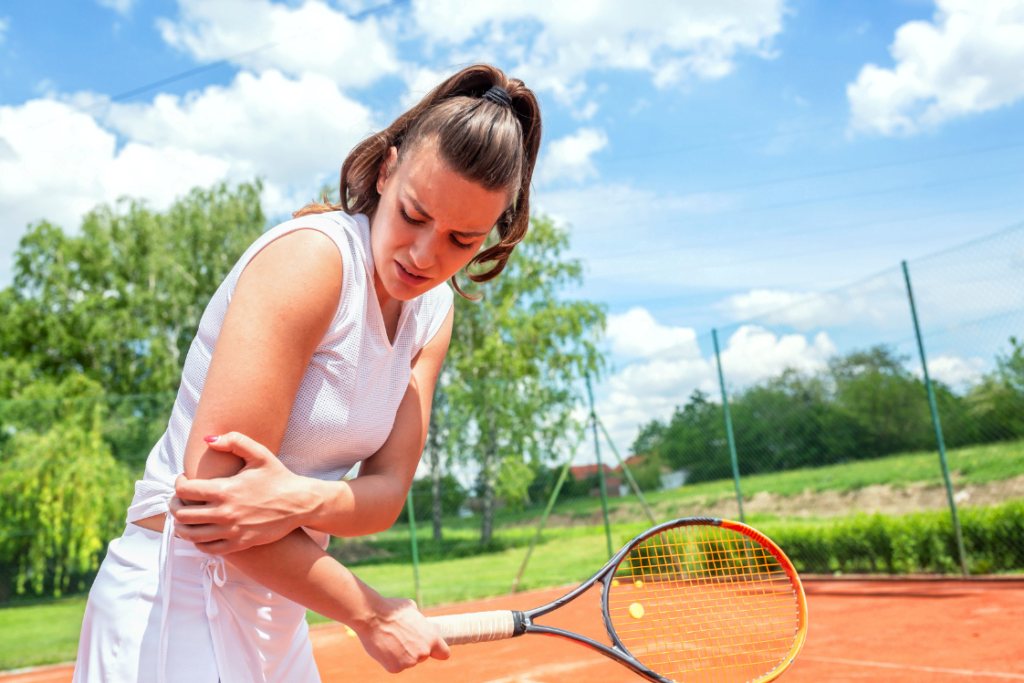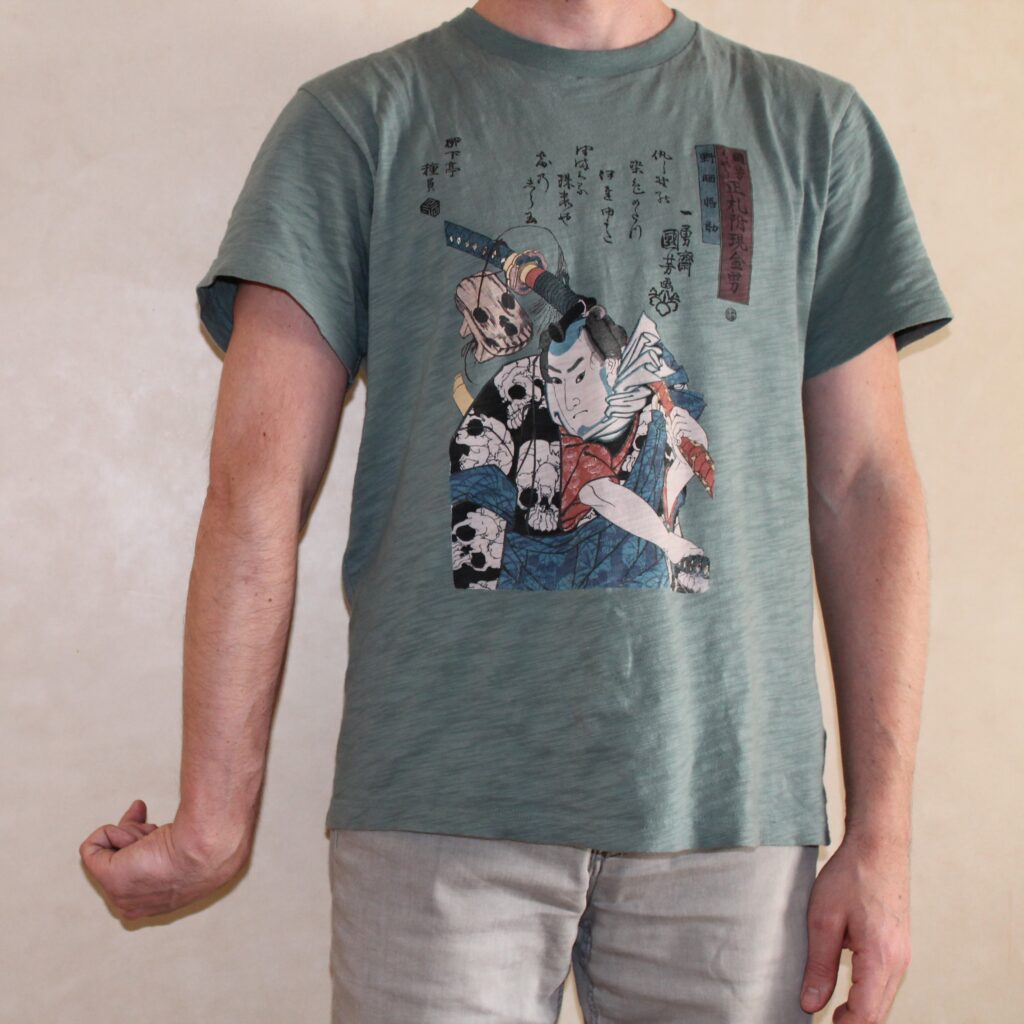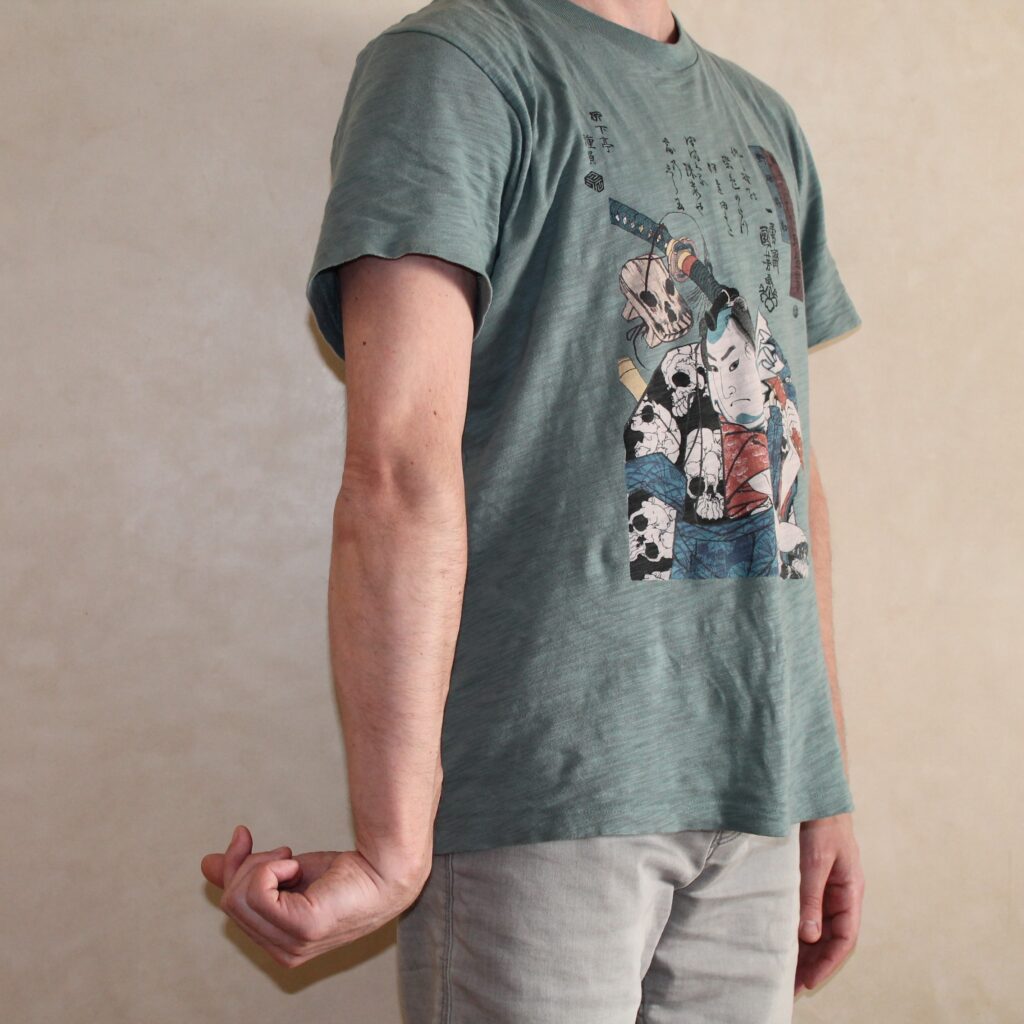Epicondylitis or tennis elbow: how to cure it?
L'epicondylitis is a painful condition that affects the outer part of the elbow. This is an inflammation of the epicondylar muscles. In chinese massage, It's about a tendon-muscular disease of the Large Intestine meridian.
Summary
- What are the causes of epicondylitis?
- How to recognize epicondylitis?
- Advice in case of epicondylitis
- What treatment for tennis elbow?
What are the causes of epicondylitis?
The epicondylar muscles are a group of muscles located in the elbow region, near the epicondyle (bony protuberance) of the elbow. There are two main groups of epicondylar muscles: the lateral epicondylar muscles and the medial epicondylar muscles.
The lateral epicondylar muscles are the main muscles involved in epicondylitis. They are responsible for extension of the wrist and fingers as well as supination (outward rotation) of the forearm.
The medial epicondylar muscles, in turn, are responsible for the flexion of the wrist and forearm.
These muscles are important for movements of the arm, forearm and hand. They are often used in sports that involve repetitive arm movements, such as tennis, hence the name tennis elbow for lateral epicondylitis.

Several causes can cause lateral epicondylitis:
- A over-demand of the hand with a gesture of gaining strength for example, whether by practicing racket sports or by manual activities. The epicondylar muscles will become damaged because they are overused. This overuse can also be due to excessive muscle contractions caused by clicking on a mouse.
- Of the stretching too hard through the practice of a martial art for example can end up injuring the epicondylars.
- If the joint between the humerus (arm bone located between the shoulder and the elbow) and the radius (forearm bone) does not function correctly, this can impact the epicondylar muscles and tendons (problem of radial head) and lead to epicondylitis.
The problem will be located either on the bone attachment (on the epicondyle), or on the body of the tendon, or at the junction between the tendon and the muscle, or in the muscle itself.
How to recognize epicondylitis?
We speak of epicondylitis when we are in the presence of a painful triad at the level of the epicondylar muscles.
These are the 3 signs of tendinitis in Western medicine, namely:
- Pain on palpation or a refusal to palpation either on the epicondyle or on the path of the Large Intestine meridian at elbow height;
- Contraction pain and pronation (inward rotation) of the forearm;
- Pain when stretching epicondylar muscles.
There may also be a feeling of a nodule, bundles (fusiform contractures) or itchy fibers inside.
Advice in case of epicondylitis
Here are some tips that will help you relieve pain in cases of epicondylitis.
- Wear a wrist brace to immobilize the joint and prevent movement during the acute phase;
- Avoid carrying heavy objects so as not to aggravate the injury and recreate the pain;
- Self-massage your forearm to reduce inflammation;
- Stretch your arm to reduce pain. To do this :
– extend your arm in front of you with the palm of your hand facing upwards;
– point your hand towards the ground by bending your wrist, while being careful not to twist your arm;
– apply light pressure with the other hand until you feel a moderate stretch;
– hold the position for 30 seconds, take a break then repeat the stretch 1 to 2 times.


Stretching the epicondylar muscles
What treatment for tennis elbow?
The Chinese massage Tuina inasmuch as physiotherapy is one of the most effective treatments for ending epicondylitis. In fact, massage allows you to reduce inflammation and restore the joint to all its mobility.
During the acute phase of epicondylitis
Following the appearance of epicondylitis, the most valuable advice I can give you is to take a forearm rest lasting from 1 week to 10 days. It will therefore be necessary to completely stop the activities causing the injury, power grabs and everything that causes the pain. This seems obvious, but many people neglect this step and make their injury worse. As a result, the treatment requires more time.
During this phase, I do not massage the painful point directly because there is inflammation. I will still be able to massage distal points like Hegu Or Shousanli with gentle techniques to activate the Qi and blood.
In order to reduce edema and calm the pain, a poultice of Chinese plants should be applied 2 to 3 times a day.
During the chronic phase of epicondylitis
During this phase, I will massage directly on the painful points, Quchi mostly. At this stage I will be able to apply more massage techniques whose objectives will be to remove any blockages and work on the muscle fibers to realign them.
I will massage the shoulder starting from the point Jianyu to the tip of the index finger at the point Shangyang which will drain the meridian.
Then, I will mobilize the elbow 360° in one direction then in the other to recover the joint range of motion of the elbow. The humero-ulnar, humero-radial and proximal radio-ulnar joints are all mobilized simultaneously.
Finally, I will stretch the muscle to restore flexibility. It will be advisable to continue these stretches daily and return to your activities gradually.
Take care of yourself 🙏🏼
Share this article with your loved ones and friends 🙂
